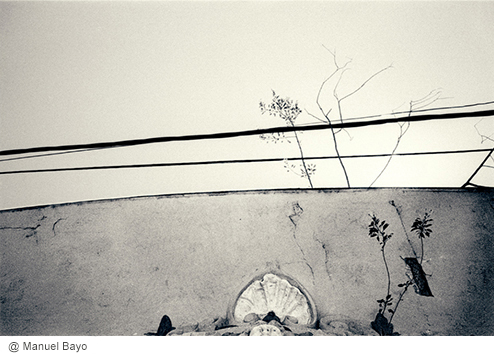Photography for a few only?
© Guillermo Labarca
 Each photograph can be reproduced countless times, either from a negative or a digital file. This offered, since it began to exist, the possibility of being an accessible art and increasingly within the reach of anyone who wanted to own an image. However, it was co-opted by the “art” world, settling in museums and galleries, evaluating itself with the criteria of other visual arts, such as painting, for example, thus becoming unique, exclusive and, above all, excluding products. It is the same history that prints have, with great possibilities of reproduction, therefore of wide diffusion and consequently of democratic access, but it has been enclosed in limited editions, distributed in elitist institutions and, often, accompanied by obscure, understandable texts only by the initiated.
Each photograph can be reproduced countless times, either from a negative or a digital file. This offered, since it began to exist, the possibility of being an accessible art and increasingly within the reach of anyone who wanted to own an image. However, it was co-opted by the “art” world, settling in museums and galleries, evaluating itself with the criteria of other visual arts, such as painting, for example, thus becoming unique, exclusive and, above all, excluding products. It is the same history that prints have, with great possibilities of reproduction, therefore of wide diffusion and consequently of democratic access, but it has been enclosed in limited editions, distributed in elitist institutions and, often, accompanied by obscure, understandable texts only by the initiated.
This is a contradiction, or better yet, a missed opportunity, especially if we consider that art, learned or applied, is, among other things, a means of knowing, in which emotions intervene. By enclosing the photographs in exclusive environments and separating them from people, we are taking away that potentiality by transforming them into objects whose price is more relevant than what they are communicating and that do not arouse more emotion than the desire to possess them.
An even more worrying matter if we postulate that these images should arouse in us emotions that generate action that, as Susan Sontag says, "make us claim the recovery of a sensitive, embodied gaze, of recognition of the other as part of us." Placing ourselves in this way on the opposite sidewalk from that inhabited by those who opt for individualism who seek nothing more than admiration for possessing those images. Nothing is more difficult than generating from there a feeling of belonging to the same humanity, characterized by vulnerability and therefore in need of jointly building a habitable world, thus freeing us from fear and the doctrines of security.

